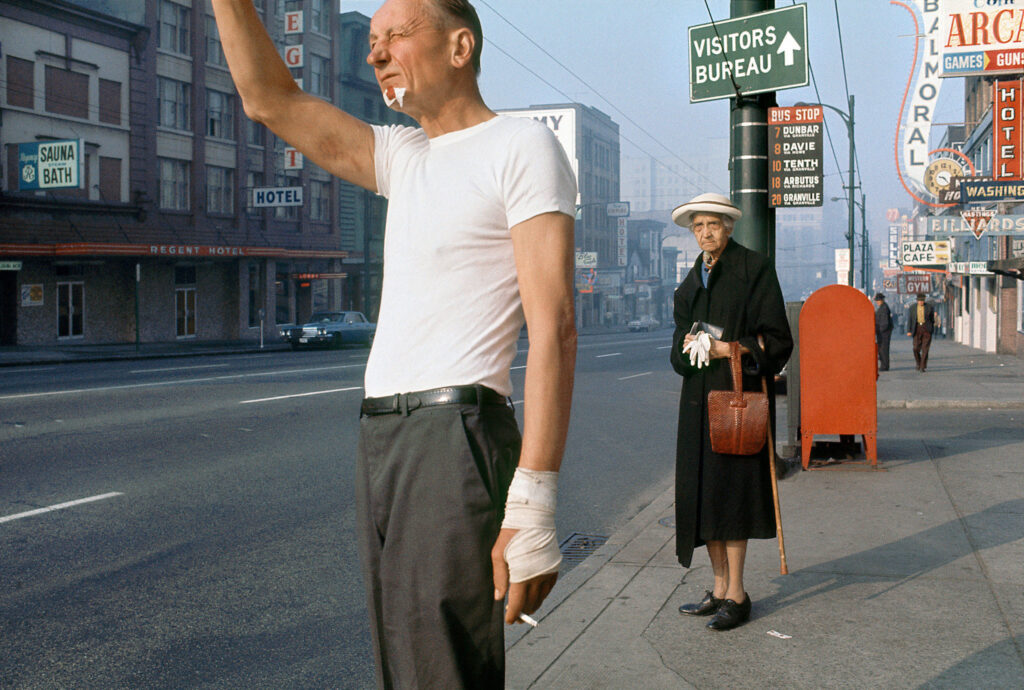The Greatest Guide To Street Photographers
The Greatest Guide To Street Photographers
Blog Article
Street Photographers Things To Know Before You Get This
Table of ContentsGetting The Street Photographers To WorkStreet Photographers - TruthsThe Buzz on Street Photographers6 Simple Techniques For Street PhotographersStreet Photographers Things To Know Before You Get This
Street professional photographers do not necessarily have a social function in mind, but they prefer to isolate and catch moments which may otherwise go unnoticed.He was influenced by numerous of those that influenced the street professional photographers of the 1950s and '60s, he was not chiefly interested in catching the spirit of the street. The impulse to aesthetically document individuals in public started with 19th-century painters such as Edgar Degas, douard Manet, and Henri de Toulouse-Lautrec, who functioned side by side with professional photographers trying to capture the essence of city life.
As opposed to Atget, professional photographer Charles Marville was employed by the city of Paris to produce an encyclopaedic record of Haussmann's urban preparation task as it unravelled, hence old and new Paris. While the digital photographers' topic was basically the exact same, the outcomes were significantly various, showing the influence of the digital photographer's intent on the personality of the images he created.
Given the fine top quality of his photos and the breadth of material, architects and musicians typically bought Atget's prints to utilize as recommendation for their own job, though commercial interests were barely his major motivation. Instead, he was driven to photograph every last remnant of the Paris he liked. The mingled passion and urgency of his mission shine through, leading to photographs that tell his very own experience of the city, qualities that expected road digital photography of the 20th century.
The Best Guide To Street Photographers
They reveal the city through his eyes. His job and basic understanding of digital photography as an art form worked as motivation to generations of professional photographers that followed. The following generation of road photographers, though they likely did not refer to themselves thus, was introduced by the photojournalism of Hungarian-born photographer Andr Kertsz.
Unlike his peers, Brassa utilized a larger-format Voigtlnder camera with a longer direct exposure time, requiring him to be much more computed and thoughtful in his practice than he may have been if making use of a Leica. (It is believed that he might not have had the ability to pay for a Leica at that time, but he did, nevertheless, make use of one in the late 1950s to take colour photos.) Brassa's photos of the Paris underworld lit up by artificial light were a discovery, and the compilation of the series that he published, (1933 ), was a major success.
Cartier-Bresson was a champion of the Leica look these up electronic camera and one of the very first photographers to maximize its capacities. The Leica allowed the professional photographer to engage with the surroundings and to catch minutes as they took place. Its relatively little dimension also aided the photographer discolor right into the history, which was Cartier-Bresson's recommended strategy.
The Facts About Street Photographers Revealed
It is as a result of this fundamental understanding of the art of picture taking that he is frequently credited with uncovering the medium all over again approximately a century given that its innovation. He took photographs for even more than a half century and affected generations of digital photographers to trust their eye and instinct in the minute.
These are the concerns I shall attempt to respond to: And after that I'll leave you with my own definition of road useful content photography. Yes, we do. Let's start with specifying what a definition is: According to (Street Photographers) it is: "The act of defining, or of making something definite, distinctive, or clear"
No, absolutely not. The term is both limiting and misguiding. Seems like a street photography must be pictures of a streets right?! And all road professional photographers, except for a little number of absolute novices, will fully value that a street is not the key element to road digital photography, and really if it's a photo of a road with maybe a few dull individuals not doing anything of interest, that's not street photography that's a photo of a street.
Not known Factual Statements About Street Photographers
He makes Click This Link a legitimate factor don't you believe? While I agree with him I'm not sure "candid public digital photography" will certainly catch on (although I do kind of like the term "candid photography") since "street photography" has actually been around for a lengthy time, with lots of masters' names attached to it, so I believe the term is here to stay (Street Photographers).
Inside?! I hear you scream as you shake your fist to the sky. Why not? You can contend the beach, at a festival, in an alley, in a park, in a piazza, in a cafe, at a museum or art gallery, in a metro station, at an event, on a bridge, under a bridge ...

The Ultimate Guide To Street Photographers

Report this page